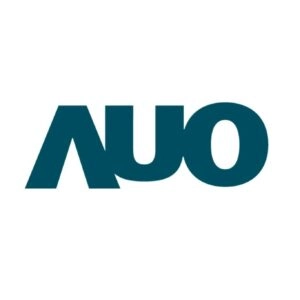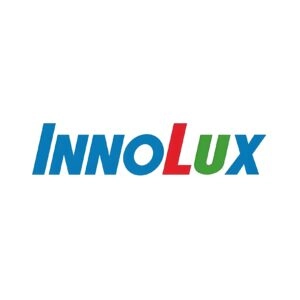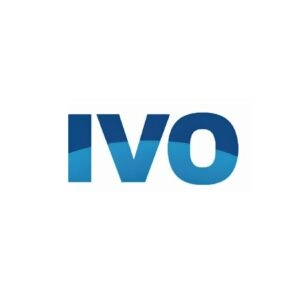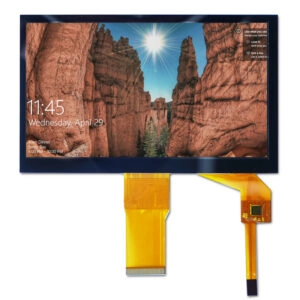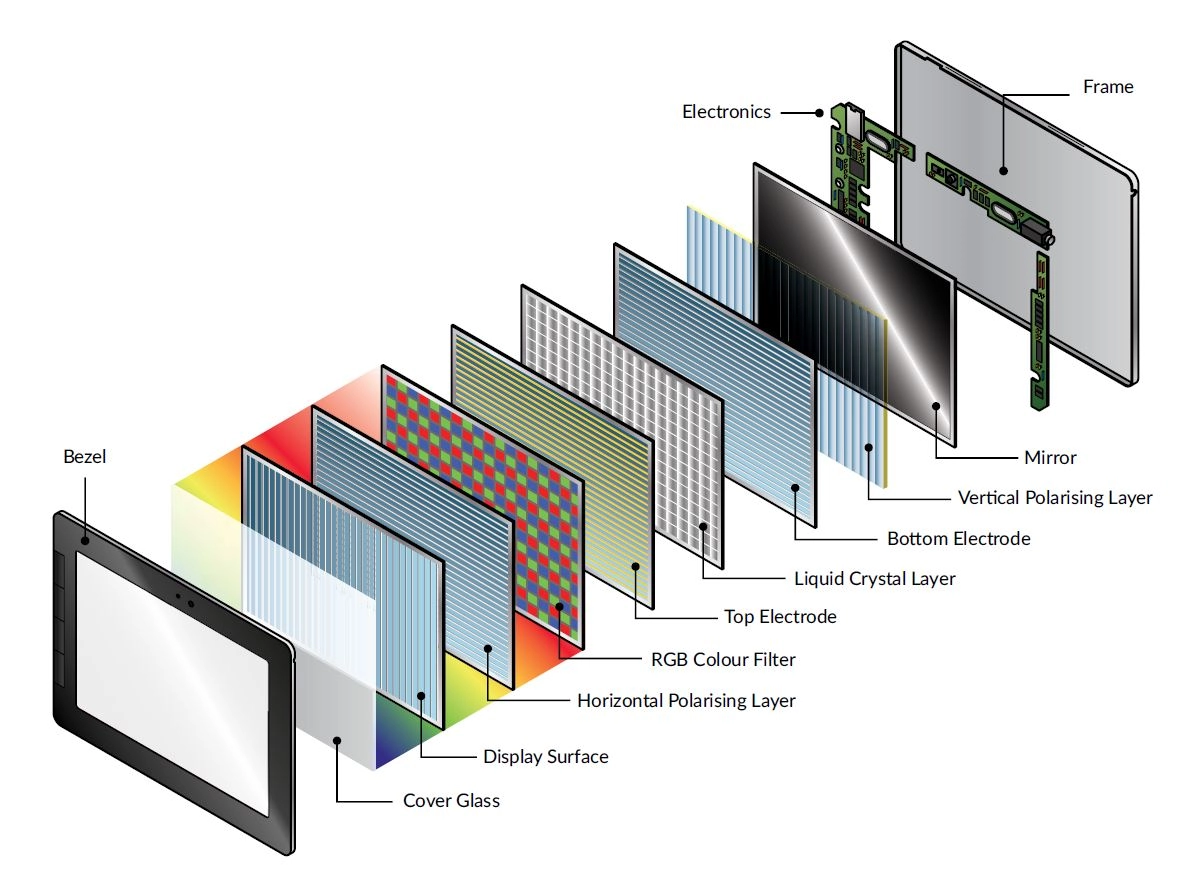Liquid crystal displays (LCDs) stand as a key part of today’s viewing tech. They power items from small gadgets to huge digital signs. Miqidisplay acts as a top maker and seller of fine LCD options. They focus on strong panels made for factory, health, and car uses. This full guide looks into how LCD tech works. It checks basic ideas, working details, and growth over time. When companies know how LCDs run, they can pick tough display fixes. These boost work flow and user joy.

What are Liquid Crystals?
The Nature of Liquid Crystals
Liquid crystals sit at the core of LCD tech. They show traits that link fluids and hard crystals. These stuffs have long, stick-like bits that line up in set ways under outside pushes, like power fields. In an LCD panel, this thin layer of liquid crystal stuff sits between two glass bases. It makes a slim, bendy build perfect for flat screens.
Role of Electrodes and Polarizers
The inside faces of these bases hold clear power leads. These are often built from indium tin oxide (ITO). They carry current but let light go through. When power hits, the field changes how liquid crystal bits line up. This shifts light’s twist as it moves in the panel. The twist change matters a lot. It sets how much light gets to the watcher.
Polarizers on the outside of the bases fine-tune this step. The back one lines up coming light in one way. The front one lets only matching twisted light out. If bits don’t line up right, light stops, and dark spots form. When they do line up, light goes through, and bright spots show. This smart play lets exact control of picture making. It turns liquid crystals vital for clear, sharp screens.
Miqidisplay’s Material Expertise
Miqidisplay uses smart liquid crystal mixes in its TFT LCD modules. This gives better clear views and quick replies. It helps in hard spots like control setups and health picture tools.
How Do Liquid Crystal Displays Work?
The Passive Emission Principle
LCDs run on a passive light give-out rule. They need outside light help. They don’t make their own glow like OLED types. The backlight, usually from light-emitting diodes (LEDs), acts as the main light giver. LED backlights lead now because they save power and last long. They beat old cold cathode fluorescent lamp (CCFL) choices in most jobs. For big sizes, like in Miqidisplay’s industrial LCD monitors, CCFL kinds may still show up for cheap big buys. But quantum dot adds now lift contrast in LED setups.
Light Modulation Process
Light from the backlight goes through the back polarizer. It enters the liquid crystal layer by the back glass base. Here, power leads guide bit moves. Without power, bits in twisted nematic (TN) setups twist light’s twist by 90 degrees. This lets it pass the front polarizer. Adding power straightens the bits. It blocks light and makes contrast.
Indium tin oxide leads help with this. They stay clear and carry current. Different line-up ways shape results. In-plane switching (IPS) gives wide view angles. Vertical alignment (VA) brings deep blacks. These affect speed and power use. No matter the way, the liquid crystal layer’s main job stays the same. It twists backlight to change strength per spot.
Color Reproduction and Subpixel Structure
In color LCDs, an RGB color filter set steps in after twist. Each spot has red, green, and blue sub-spots. Light strength through each filter mixes to make millions of shades. This sub-spot control brings lively, true looks. It fits needs like digital signs or HMI interfaces from Miqidisplay.
Durability and Anti-Burn Features
Unlike cathode ray tubes (CRTs), LCDs show fixable burn-in. This adds trust in non-stop use cases. Miqidisplay’s stretched LCD monitors add anti-burn-in guards. They work well for 24/7 runs in shops and travel fields.
How is an LCD Screen Made?
Substrate Preparation
Making an LCD screen needs careful build to line up tiny parts. It starts with readying two glass bases. On the back one, ITO makes the lead layer. Then, thin-film transistors (TFTs) get placed using silicon for active matrix guide. This TFT set lets each spot get its own signal. It jumps past passive matrix limits.
Assembly and Liquid Crystal Filling
The front base holds the RGB color filter set. It gets shaped by light etching for exact sub-spot spots. Liquid crystal stuff drops in small bits onto the TFT base’s cells. The bases join under empty air. Spacers keep even space for steady crystal thick. Line-up layers get rubbed in set ways to start bit order.
Finishing and Quality Testing
At last, polarizer films stick to outsides. The whole thing seals. Tests check for flaws like dead spots or even light. This meets rules like ISO-9001. Miqidisplay keeps this in its shops. As a custom LCD supplier, Miqidisplay stretches this to special builds. They add touch layers or bright backlights for client wants.
This making gives tough panels that fight weather issues. It matters for Miqidisplay’s items in over 200 world areas.
What are the Types and Uses of LCD?
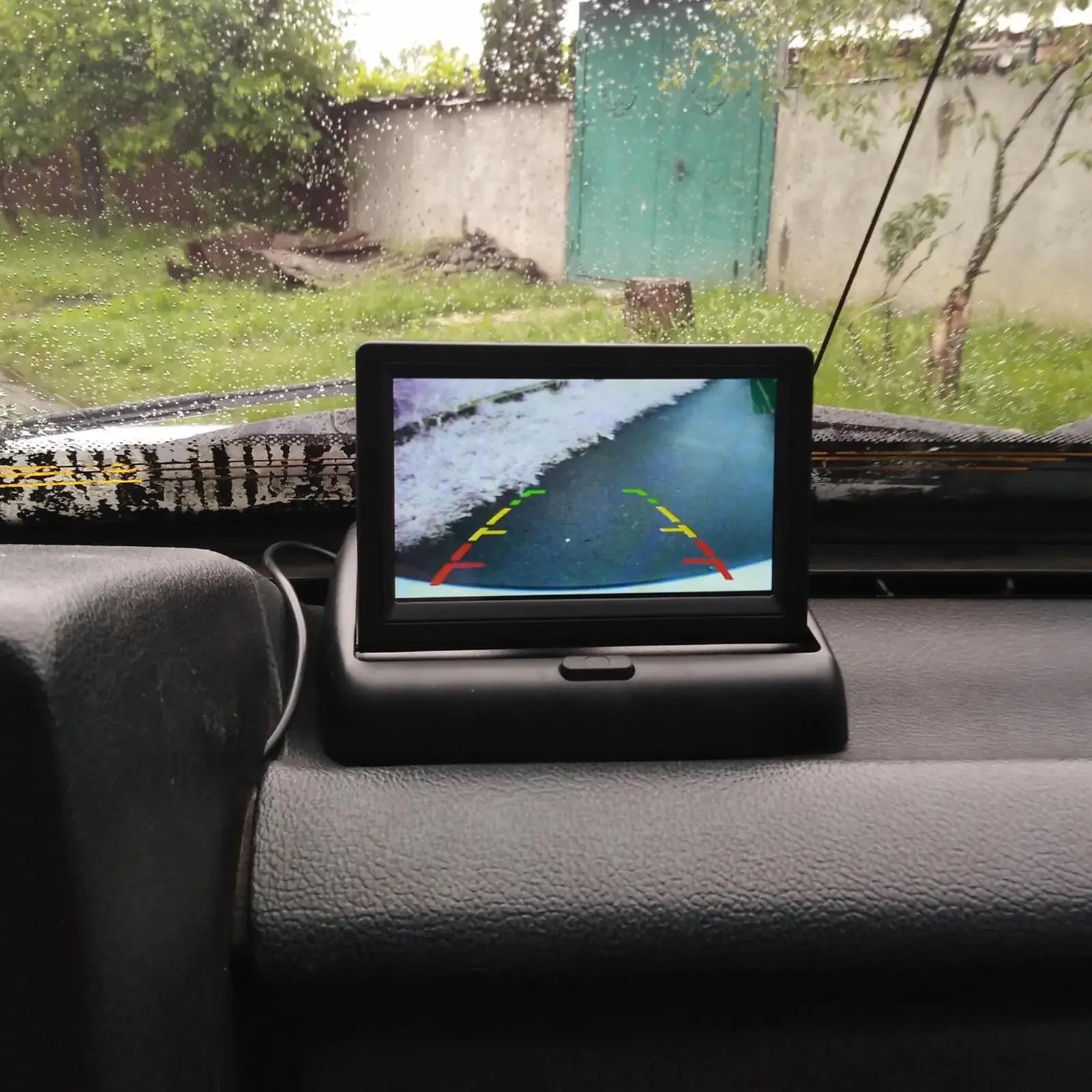
Passive vs. Active Matrix
LCD kinds have grown since the 1960s. They moved from passive matrix to active matrix builds. Passive matrix LCDs check rows and columns one by one. They fit low-clear, still shows like simple calculators. But they fail in speed and contrast for moving stuff.
Active matrix LCDs (AMLCDs) rule today. They put TFTs at each spot for steady signal hold. This gives sharp, no-flicker pictures. Miqidisplay’s TFT-LCD monitors show this. They back up to 4K for smooth fit in auto panels.
Different Alignment Technologies
Line-up methods add more types. TN LCDs push speed for game boards. IPS boosts color truth and angles for health checks. VA mixes contrast for outdoor stands. Miqidisplay gives these in shapes like bar-type or sun-readable kinds. They pass car (TS-16949) and factory checks.
Industrial and Commercial Applications
Uses cover fields. Car info-tainment, health x-ray for clear pictures, and factory HMIs for live watch. In the UK, Miqidisplay’s fixes steady control setups. In India, they help safe entry views. As a maker, Miqidisplay shapes these for B2B needs. From custom LCMs to full sets.
LCD Technology Comparison: Then & Now
Historical Development
LCDs started in the 1960s as low-power swaps for CRTs. At first, they stuck to black-white, small uses. Backlight needs and low clear held them back. By the 1980s, 14-inch full-color TFT tests came. They sparked carry computers.
Modern Innovations
Today’s steps include side-lit LEDs for thin shapes. Quantum dots cover 95%+ DCI-P3 color range. Miqidisplay’s monitors hit 400+ nits bright. They back HDR400 for lively factory views.
LCD vs. OLED
Next to OLEDs, LCDs keep wins in cost and size growth for big formats. But OLEDs shine in self-glow for true blacks and bend. Both use active matrices and TFTs. LCDs fit high-number making. Miqidisplay links times by giving mix fixes. Like OLED-added LCDs for better contrast in health parts.
The Future of LCDs
Growth goes on. Mini-LED backlights vow better local dim. They set LCDs as flex backs for future B2B ideas.
FAQ
What is the primary light source in an LCD display?
LCDs use a backlight, typically LEDs, to provide illumination since they cannot emit light independently.
How do electrodes influence liquid crystal alignment?
Electrodes apply voltage to create electric fields that reorient molecules, controlling light polarization and pixel visibility.
What distinguishes active matrix from passive matrix LCDs?
Active matrix uses TFTs for per-pixel control, enabling higher resolutions and faster refresh rates compared to passive scanning.
Why are quantum dots used in modern LCD backlights?
Quantum dots enhance color accuracy and contrast by converting backlight wavelengths into purer RGB emissions.
Can LCD burn-in be reversed?
Yes, unlike OLEDs, LCD burn-in is typically temporary and recoverable by powering off the display.
What industries benefit most from Miqidisplay’s LCD solutions?
Key sectors include medical, industrial control, automotive, and digital signage, with custom options for global deployment.
Partner with Miqidisplay: Empower Your Business as a Trusted LCD Manufacturer and Supplier
Miqidisplay serves as a top LCD manufacturer and supplier. They bring fresh display fixes with a 90% on-time send rate. They hold passes like ISO-9001 and TS-16949. Firms want trusty, special TFT LCD monitors for factory, health, or car jobs. Reach mary@miqidisplay.com for fit quotes and tech talks. Lift work now—ask for a test model or bulk order.
